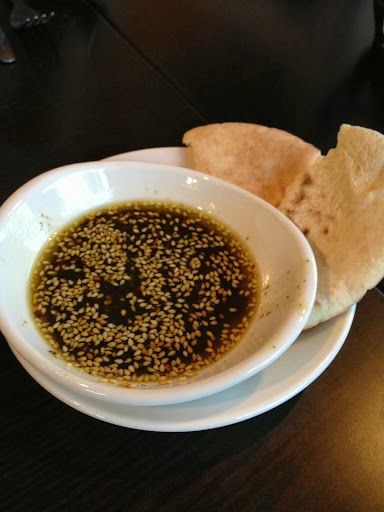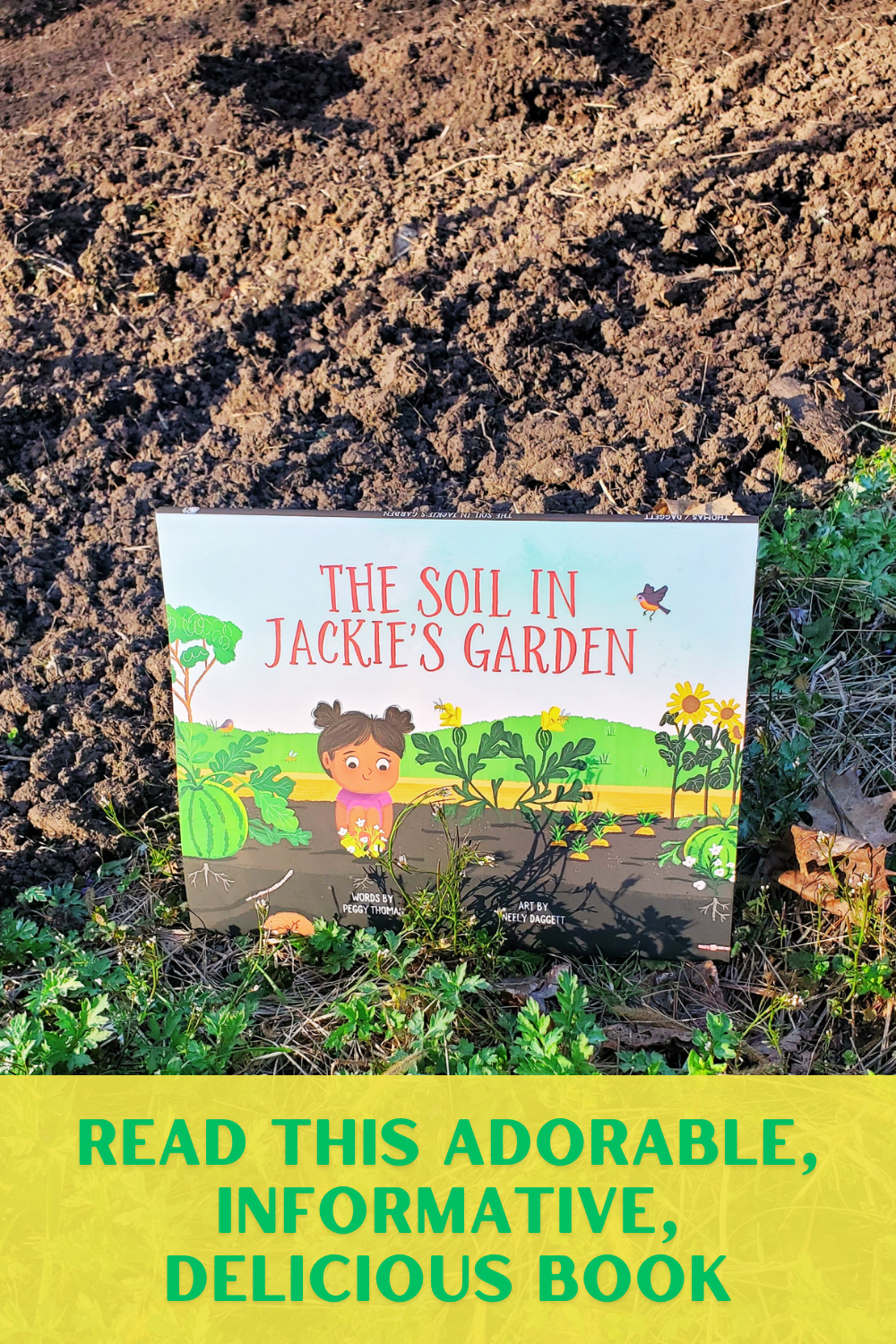A Taste of Lebanon
Crisped falafel with chewy chickpeas packed inside. Creamy hummus smoothed with tahini and olive oil. Strips of lean meat kebabs lightly charred and seasoned with smoky paprika and garlic. Fresh tabbouleh with finely diced parsley and mint mixed with wheat berries. These are the flavors and tastes of Middle Eastern food.
Recently I took my crew to sample Lebanese food at a nearby family-owned restaurant, Saaj. The name hails from a bread made in Lebanon—it tastes and looks like a pita that’s been stretched paper thin. The bread, called saj, is cooked what looks like a large, iron wok that’s been overturned. You can see a video here from cookbook author David Lebovitz of a woman making saj in Lebanon.
Beef, lamb, and chicken kebabs were served wrapped up in the saj bread with a tomato slice, onion, and mild garlic sauce tucked inside. While the bread was certainly a novelty for my crew and not something I could make easily (the dough would make a mess on the underside of my aluminum steel wok), the sauces are something you could definitely experiment with at home.

Photo: Saaj Lebanese Bar & Grill--this is the saj bread baking
Plus, sauces and dips are social, aren’t they? They encourage you to start up a conversation as you’re sampling different flavors. And there’s no one right way to make them—you can let your kids help with the mixing and the final tweaks to make the sauce your own perfect version.
Here are a few sauce ideas to get you started. Each one just begs to be eaten with fresh pitas. But if you don’t have a Middle Eastern bakery in the neighborhood (and sadly, we don’t), you can use store-bought pitas and then warm them slightly in the oven.
Hummus
Hummus is simple and fast to make. Place a 15-ounce can of drained chickpeas (also called garbanzo beans) in a food processor along with 1 garlic clove, the juice from 1 lemon, a dash of salt, and a tablespoon of olive oil and pulse. Add to it ½ cup each of water and tahini. While the recipe is easy, I’ve found that tracking down fresh tahini is no easy task. Tahini, made from sesame seeds, gets a bitter aftertaste if it’s been shelved too long.

Hummus and Baba Ghanoush
Baba ghanoush
A chunkier cousin of hummus, baba ghanoush has as a base roasted eggplant. In Lebovitz’s version the eggplant is mixed with tahini, salt, lemon juice, garlic, olive oil, and hint of both chili powder and cumin.
Za’atar
In Lebanon, bread is often served with za’atar and olive oil. Sumac (a wonderfully lemony spice that’s bright red), oregano, thyme, salt, and roasted sesame seeds are some of the traditional spices melded together to make za’atar. You can buy versions that are already mixed up or make your own za’atar from spices you may have on hand. Our dipping sauce contained olive oil whisked with the za’atar—the sesame seeds pooled at the top.

“Sahtein!” –Bon appétit, Lebanese style.
Kristen J. Gough is the Global Cuisines & Kids Editor for Wandering
Educators. She shares her family's adventurous food experiences--and recipes--at MyKidsEatSquid.com.
All photos courtesy and copyright Kristen J. Gough, except where noted
Feature photo courtesy flickr creative commons: Serge Melki
-

- Log in to post comments



















